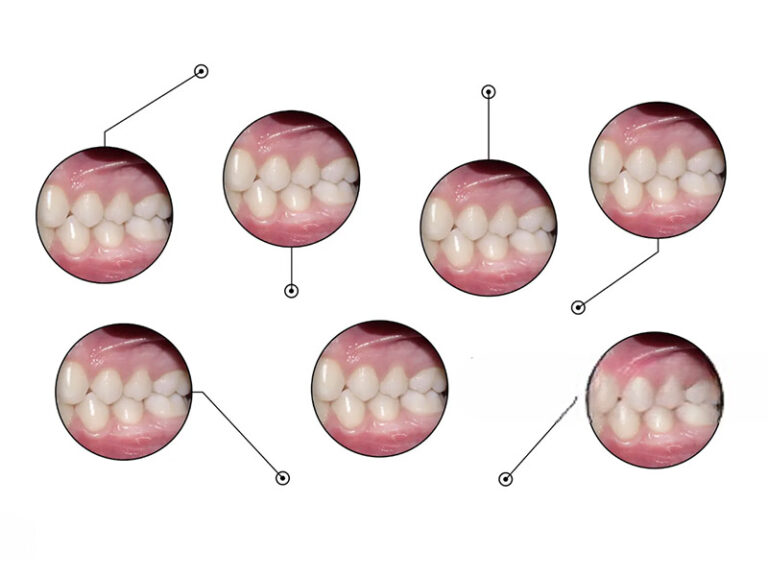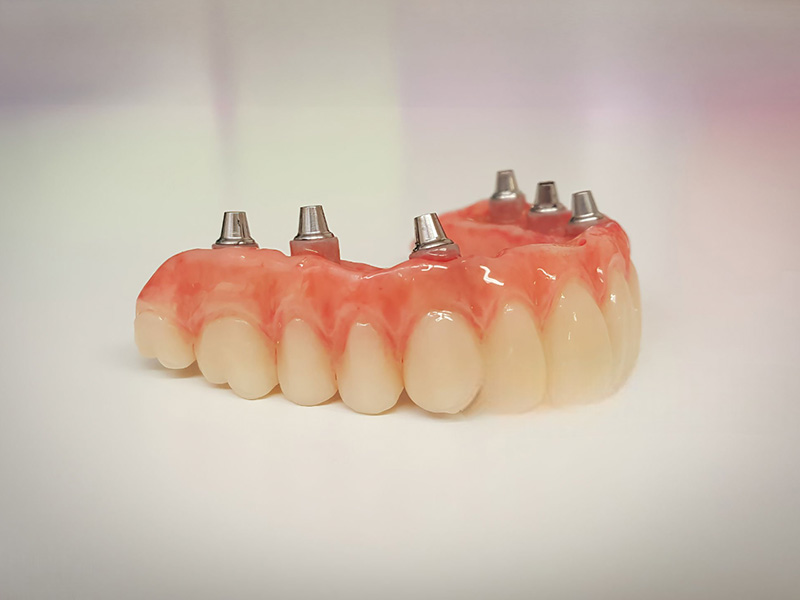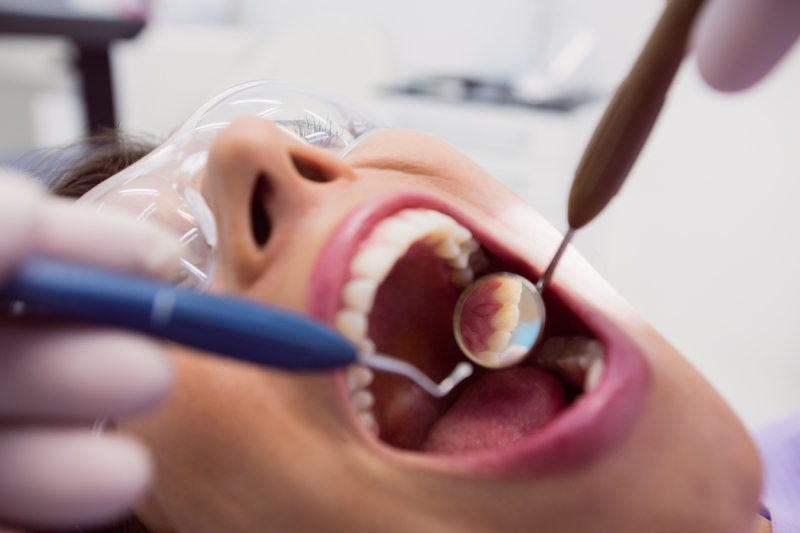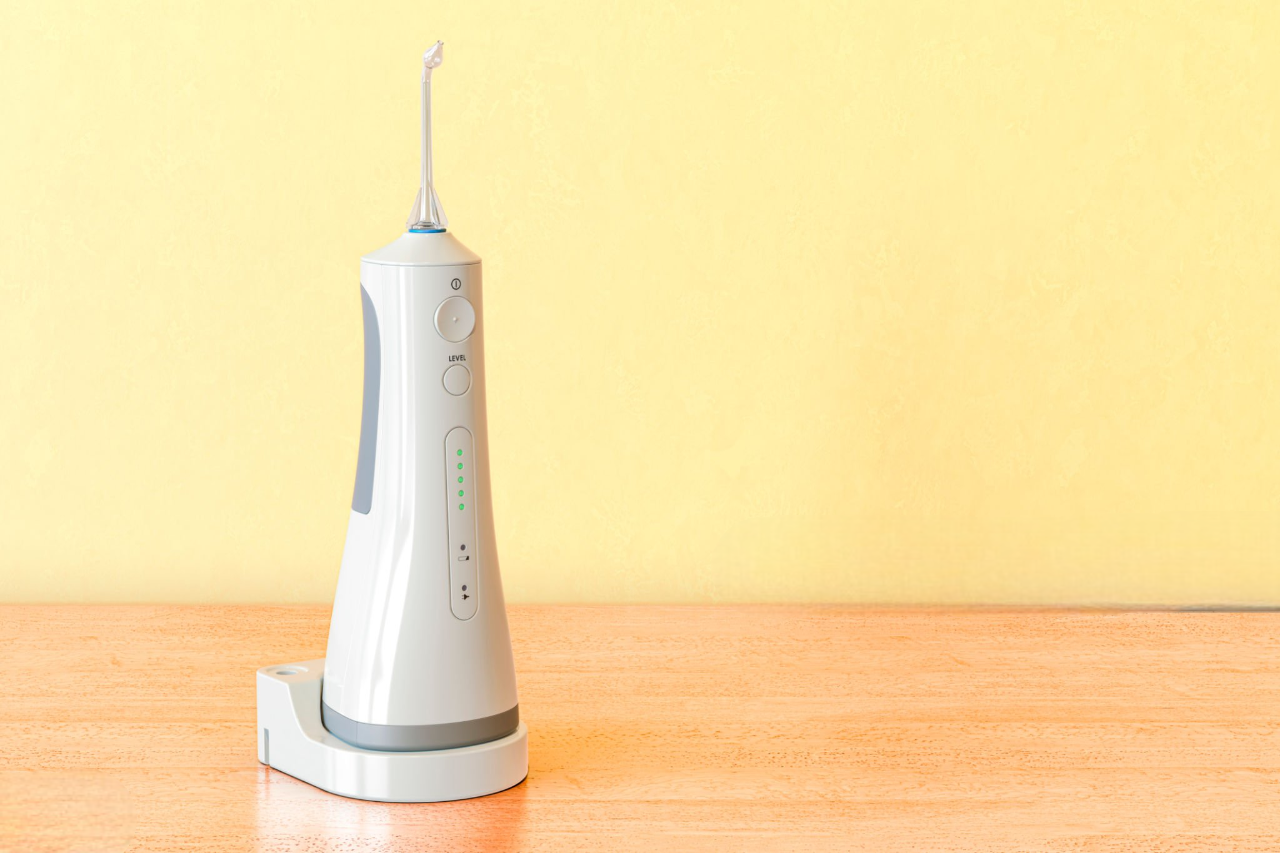
Water Flossing: The Complete Guide to Uses, Best Models, Pros & Cons
Are you like me—wondering if water flossing is really worth adding to your daily habits? I used to stick with traditional string floss, no matter what. Then life hit me with braces, sensitive gums, and the never-ending chase for that super clean feeling. That’s when I jumped into the world of water flossers. From my first, pretty messy try to zapping away food bits with confidence, my experience has been eye-opening—and honestly, kind of life-changing for my mouth.
If you’re even a little curious about what water flossing does, which machines actually work, or if it’s really better than the usual ways, sit back. I’ll walk you through everything I’ve learned—just what matters, no fancy dentist talk (I promise).
Table of Contents
What is Water Flossing? An Introduction to Oral Irrigators
I’ll be honest—when I first heard about water flossing, I pictured someone using a garden hose on their teeth. Turns out, I wasn’t that wrong! Water flossers (also called oral irrigators or water jets) spray a aimed stream of water to wash away plaque, food, and germs from between your teeth and along your gums.
The real magic is in spots regular floss often misses—like the weird places around braces or way down between teeth. Instead of scraping, you just point the tip, turn on the machine, and let the water do the hard work.
Starting out was way less scary than I thought. I learned that water flossers don’t take the place of brushing (nothing does), but they do make things cleaner—especially when you use them with brushing and floss.
Key Uses of Water Flossing: Who Benefits Most?
After a few weeks with my first water flosser, I realized it’s not just for clean freaks or people always at the dentist. Here’s what I found about who gets the most help—and why I think it deserves a spot by everyone’s sink:
General Daily Oral Hygiene
Let’s be real, anyone can use a little extra clean. Water flossing adds to brushing and regular flossing, picking up leftovers hiding in places I didn’t even know were there. For me, adding this step made my mouth feel cleaner right away.
For Braces and Orthodontics
When I had braces, flossing turned into a tough game of poking around wires. Water flossers made cleaning around all that metal way easier. If you’ve had braces or have a retainer, you know food gets stuck in weird spots. This device became my MVP for clearing out junk.
For Dental Implants, Crowns, & Bridges
After getting a crown last year, my dentist told me how plaque loves to sit around fake teeth. Using the water flosser let me clean around the edges without the worry of ripping floss or getting it caught.
For Gum Health (Gingivitis & Periodontitis)
When my gums were sore and bled easily, water flossing helped more than regular floss ever did. Studies even show water flossers help cut down bleeding and swelling better than just string floss.
For Sensitive Gums
Old-school floss sometimes made my gums ache, especially when my allergies acted up. Switching to a water flosser felt like going from sandpaper to a soft shower. You can change the pressure, too.
Addressing Bad Breath
Let’s be honest—nobody wants to keep morning breath into lunchtime. I noticed water flossing really helped my breath. Rinsing out bacteria before bed and after meals kept my mouth fresher.
For Diabetics & Those with Weak Immune Systems
Some people in my family have diabetes, and good gum care matters a lot for them. Water flossers, as doctors say, help lower gum swelling and bleeding problems that come with some health issues. For anyone with health challenges, this extra step can really help.
Water Flossing Pros: Advantages of Using an Oral Irrigator
If you’re weighing the good and bad, here’s why people like me end up loving water flossers—or at least adding one to their bathroom.
Great Plaque Removal
I was shocked to see how much better water flossers can be for busting plaque—about 50% more on average, and up to 3 times better for folks with braces. It’s like using a power washer instead of a broom.
Better Gum Health
My gums used to bleed a lot when I flossed. After a few weeks with water flossing, the redness and bleeding dropped big time. Those studies showing a 20–24% extra drop in swollen gums didn’t surprise me after what I saw at home.
Super Easy to Use
String floss and I never got along—always awkward, messy, and didn’t work in tight spaces. Water flossers made things easy. Fill the tank, pick a tip, and let the water do its thing. If you have joint pain, weak hands, or kids who hate floss, this is huge.
Reaches Everywhere
Ever tried to floss your farthest back teeth? Have fun. Water flossers easily went where regular floss just couldn’t get. Around my braces, bridges, and fake teeth, the water worked way better.
Gentle on Gums
Flossing sometimes made my gums hurt. Water flossers, especially on lower pressure, felt much nicer but still did the job right.
Fresher Breath
Blasting out leftover food and dropping germs truly made my breath better. I don’t get as many “Did you eat garlic?” comments at work now.
Feels Good
Bonus—you get a kind of gum massage every time you use it. It boosts blood flow and just feels good at the end of a long day.
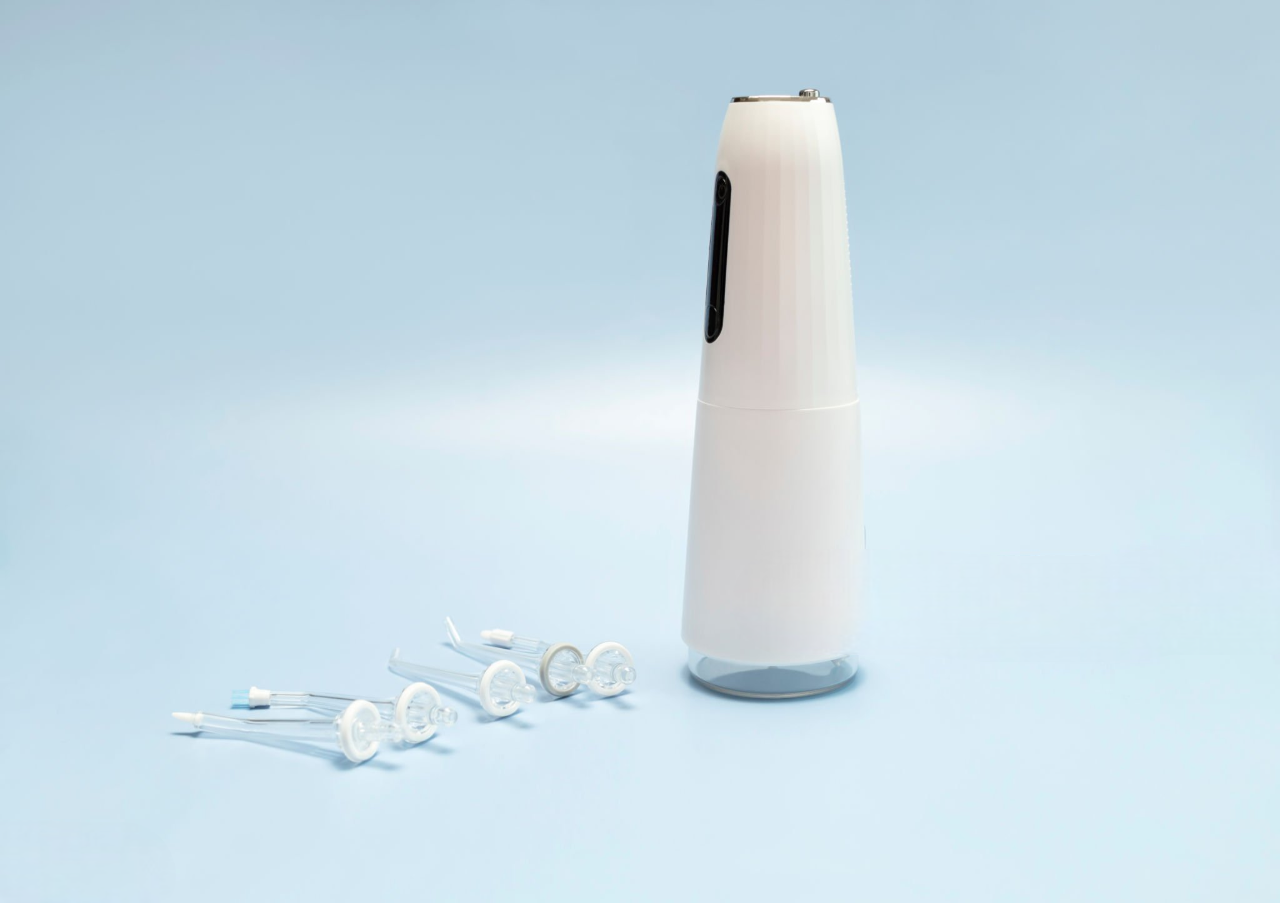
Water Flossing Cons: Potential Disadvantages to Consider
Of course, nothing is perfect. Here’s what bugged me (and might bother you) when I started water flossing:
Cost
Getting my first water flosser wasn’t cheap—definitely more than grabbing a pack of string floss. Countertop ones, especially big brands like Waterpik or Philips, can get pricey.
Big & Not Very Travel-Friendly
That “compact” countertop model I bought? Yeah right. My bathroom’s pretty small, and it barely fit. If you move around a lot or your space is tight, it may feel like too much.
Messy
Let’s just say: my sink was wetter than usual. There’s a bit to learn, and if you’re not careful, you’ll spray water everywhere. After a week, I made fewer puddles, but it takes getting used to.
Needs Power or Charging
Unlike plain old floss, my water flosser needs to be plugged in or charged. If I forget, it’s back to basics. Some use batteries, which helps, but that’s just one more thing to remember.
Doesn’t Replace Brushing
There’s no getting around it. Water flossers help but can’t take the place of regular brushing. Skip brushing and the plaque will still show up, no matter how fancy your flosser is.
Takes Practice
My first tries? I soaked my shirt more than my teeth. There’s a trick to aiming and not squirting everywhere, but it gets easier fast.
Cleaning It
My dentist warned me—don’t forget to clean your machine. If you leave it dirty, you can grow mold and germs inside. Clean it every month if you want it—and your mouth—to stay healthy.
Top Water Flosser Models & Types: Choosing the Right Device
Not all water flossers are the same. Choosing mine was a lot like picking out a new phone—lots of choices! Here’s how I narrowed it down based on my needs:
Countertop Water Flossers
Examples: Waterpik Aquarius, Oral-B OxyJet
Features: Big tank, lots of pressure settings, and different tips (for braces, tough plaque, deep gum cleaning, or even the tongue).
Best for: Families, anyone with space to leave it out, or for folks who want all the extras.
In my own use, the big countertop ones have more power and hold more water—no stopping and refilling halfway through. But they’re not your friend if you travel a lot.
Cordless/Portable Water Flossers
Examples: Waterpik Sidekick, Philips Sonicare AirFloss, H2Ofloss Portable
Features: Run on batteries, smaller water tanks, easy to toss in a bag.
Best for: People who fly a lot, small bathrooms, or anyone who doesn’t want to deal with wires.
I took mine on weekend trips and loved the size, but I needed to fill it more often.
Faucet-Attached Water Flossers
Features: Hook straight up to your sink—don’t need power, barely take up any room, work quick.
Best for: People who just want simple, no charging or fancy stuff.
Key Things to Check For
When picking my water flosser, I made a “must-have” list from a bunch of research (and a couple of regrets after buying the wrong one):
- Pressure Options: The more choices, the better—great if you have sensitive gums or share with your family.
- Tank Size: Bigger tank means less stopping to refill.
- Tip Choices: Special tips for braces, tough plaque, deep cleaning, and for your tongue, too.
- Battery Life: Cordless ones should run at least a week per charge.
- Noise: Some are noisy. If you floss late at night, check the reviews for noise.
- Easy to Clean: Removable tanks and dishwasher-safe parts help a lot.
- Good Brand & Warranty: Look for popular brands with the ADA Seal, good backup if something breaks, and positive reviews (Waterpik, Philips, Oral-B—these are trusted for a reason).
How to Use a Water Flosser Effectively for Best Results
It took me a few tries before water flossing became second nature. Here’s how to do it without soaking your whole bathroom:
Step-by-Step Guide
- Fill the Tank: Use warm water so it’s not too cold on your teeth.
- Pick a Tip: Pick the right tip for you (for braces, deep cleaning, etc.). They usually just click on.
- Choose Pressure: Start on low—no need to act tough. You can bump it up later if you want.
- Lean Over the Sink: Big tip—don’t stand up straight unless you want to mop up after.
- Put the Tip in Your Mouth: Keep your lips just shut enough to keep water in, but loose enough so water can run out.
- Turn On & Go Along Your Gums: Aim just above your gums, moving tooth to tooth on both the outside and inside.
- Pause Between Teeth: Stop for a second between teeth, especially where food likes to stick.
- Dump Out & Clean: Dump out leftover water, wipe the machine, and let it dry.
Tips to Stop the Splash
- Always keep your mouth a little closed.
- Turn it on only after the tip’s already in your mouth and off before you take it out.
- Keep a towel close, just in case.
How Often Should You Use It?
My dentist said once every day, best at night after you brush. More is fine, especially for braces or gum pain.
Water Flossing vs. Traditional Flossing: Which is Better?
Everyone asks: Can water flossers really take the place of that old-school string? After trying both for years, my answer is “not really”—but sometimes water flossing works better.
What I Found Out
For me, water flossers cleaned places I never could reach with string. With braces and fake teeth, it was just plain better. Studies say the same: water flossers are up to 3 times more helpful around braces, and 50% better for getting rid of plaque, sometimes.
But—dentists and hygienists still want you to use regular floss for scraping sticky stuff off tooth sides. For my own routines, I switch off days or double up when I eat popcorn or steak.
What the Experts Say
The best move? Add a water flosser as a helper, especially if you have braces or dental work or just hate regular flossing. It’s great for your gums and tricky spots. For most people, doing both types is the surest win.
Dentist Recommendations & Professional Insights on Water Flossing
If you want to be sure the pros back it up, you’re not alone. I needed real proof too. Here’s the scoop from my dentist and what I see online:
When Dentists Suggest Water Flossers
- Braces: Best friend for anyone with wires and brackets.
- Gum Problems & Deep Gaps: Great for washing out bad germs from trouble spots.
- Implants, Bridges, Crowns: Really helps keep expensive work clean.
- Trouble with Hands: If working with fingers is tough, water flossers come to the rescue.
Not a Magic Fix
Dentists agree: water flossers are great—not a replacement for brushing or string floss. Keep up with brushing, floss, and go for checkups for best results.
ADA Seal of Acceptance
I always felt extra good when my Waterpik Aquarius showed the ADA logo. It means someone’s tested it, and it works like it should.
Conclusion: Is a Water Flosser Right for You?
Water flossing isn’t magic, but for me, it really improved my teeth and gum health, plus my breath. It’s especially awesome if you have braces, dental work, touchy gums, or just want cleaner teeth.
Yes, you’ll spend more at first, and yes, you might spray yourself a few times. But after a quick learning curve, the boost to gum health, easier cleaning, and that nice feeling after zapping the last sticky bit makes it worth it for me.
Still not sure? Talk to your dentist. Ask for a demo or advice for your own teeth. For me, adding a water flosser to my daily routine was a small move that made a big difference—one squirt at a time.
Ready to try water flossing? Or got more questions for me? Drop a comment below. I’ve probably made every beginner mistake and can save you a wet shirt or two. Here’s to cleaner teeth and brighter smiles!




